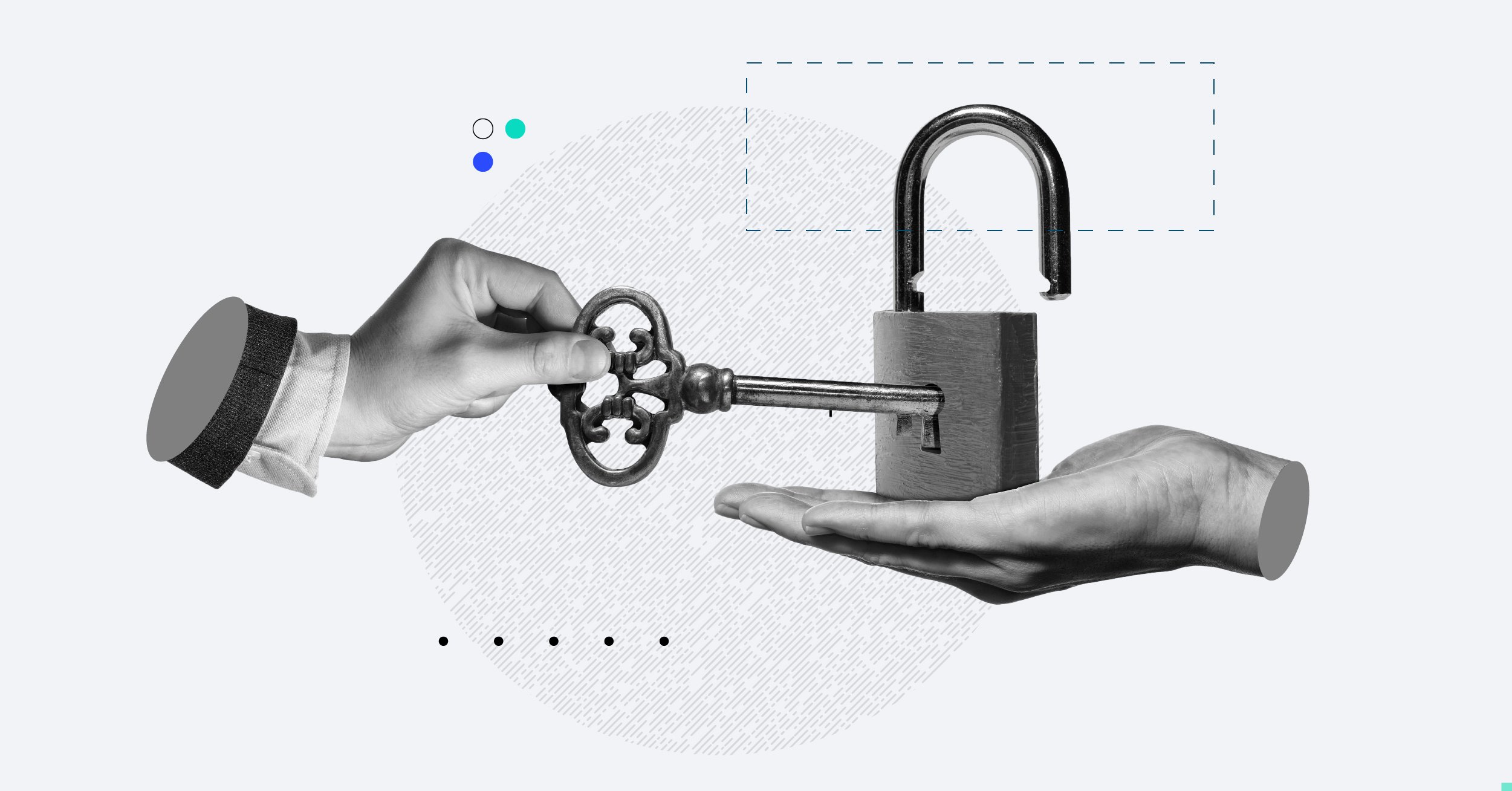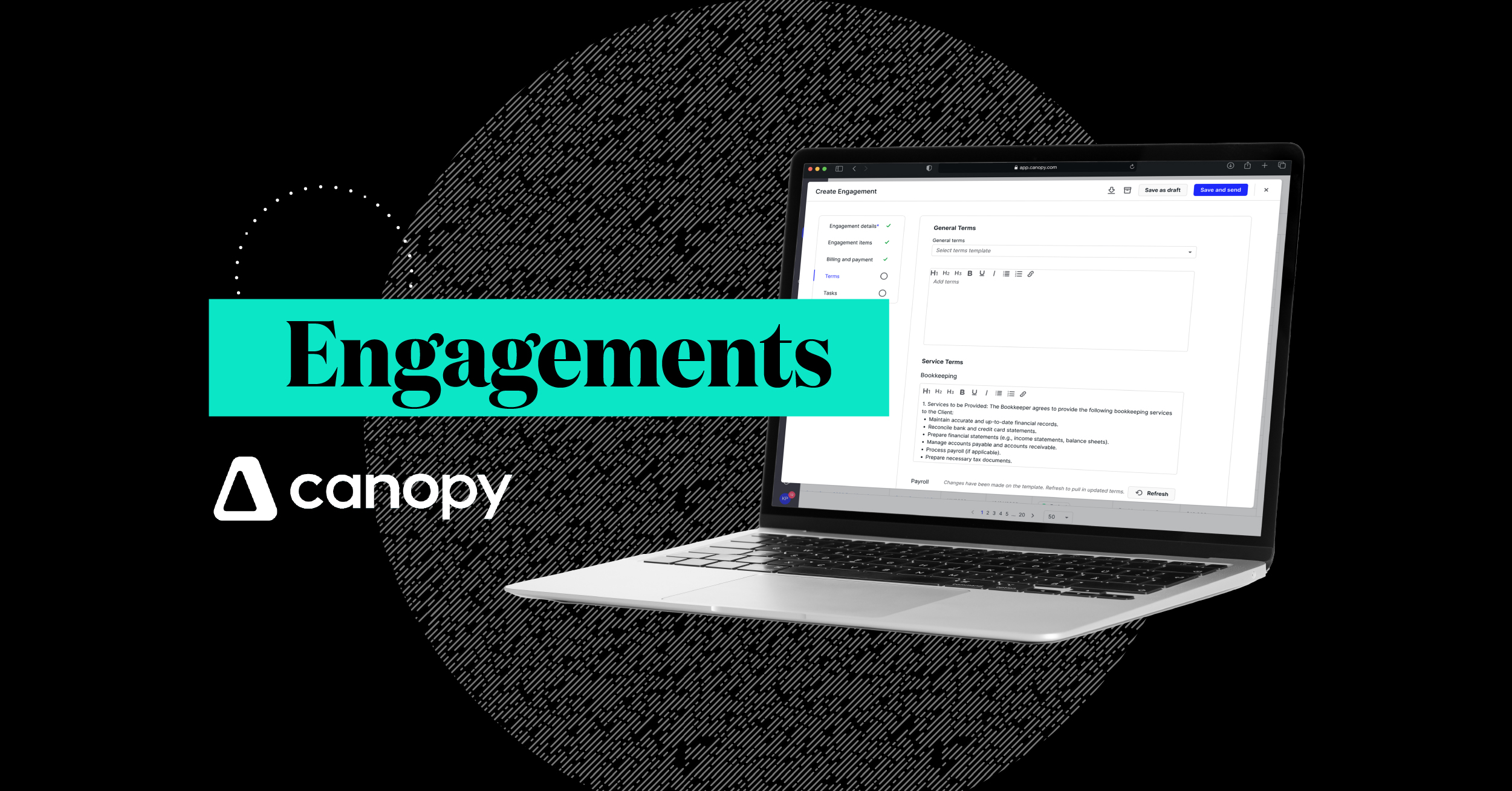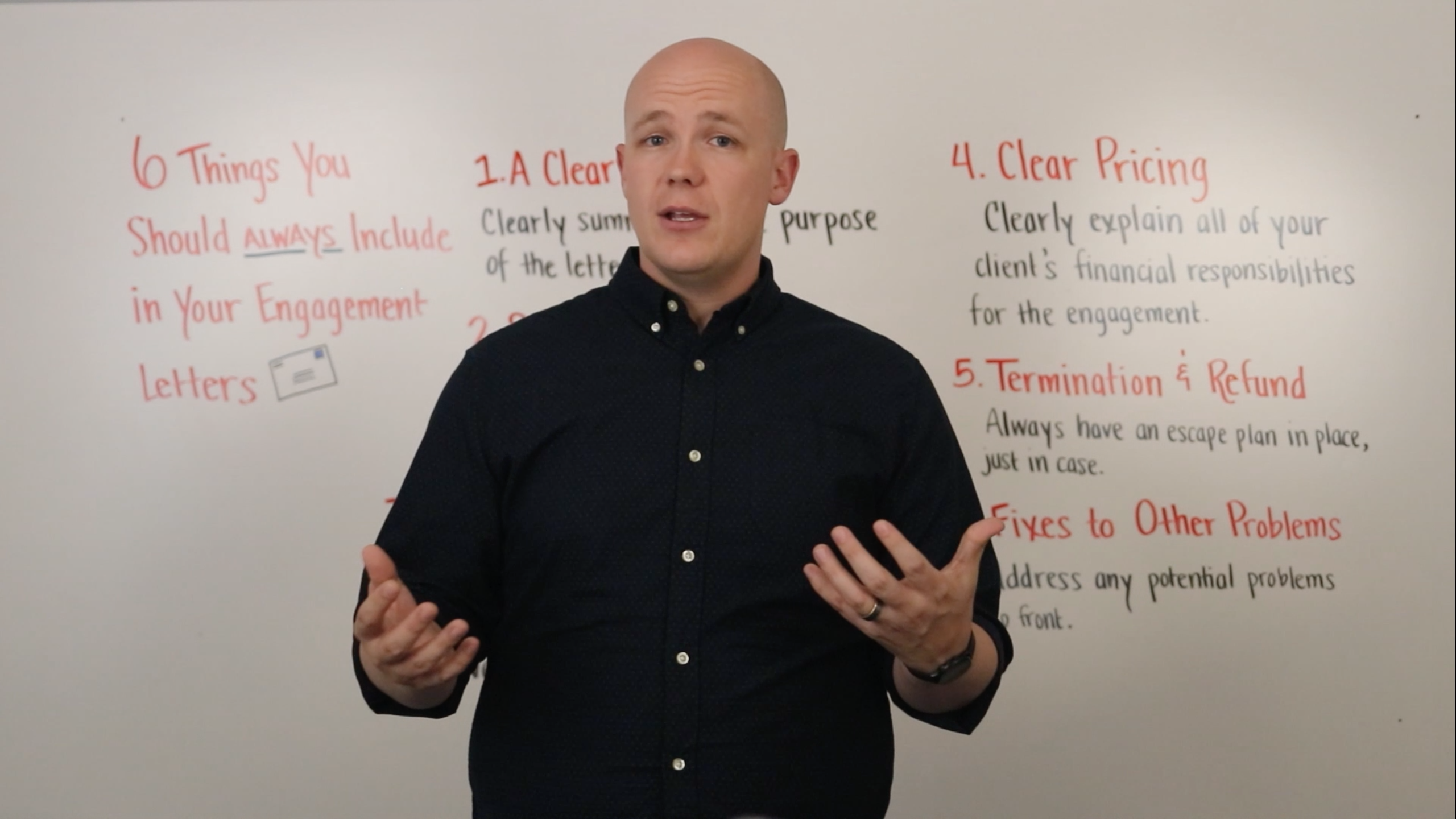In this episode, the conversation between John Mitchell and Darren Root discusses leveraging Canopy, to enhance brand engagement and team efficiency from prospect to engagement.
Full Video Transcript:
John Mitchell: [00:00:00] Hello and welcome. My name is John Mitchell, and I'm here with my friend Darren Root. We're going to talk to you today about going from prospect to assigned engagement inside of your firm with a tool that we absolutely love, and this is just one portion of what it does, called Canopy. Darren, it's going to be fun.
Darren Root: It's going to be fantastic, John. You know, this idea that you can get this much functionality Inside of your firm wide operating system is fantastic today. I wish that when I was really in the heat of practicing and trying to track everything down that I had this level of functionality in a firm wide operating system.
It just didn't exist. And for most firm owners out there today. They're not able to leverage, uh, you know, a tool like this inside their current practice management solution. They have to go to an outside solution to even [00:01:00] accomplish this kind of functionality.
John Mitchell: Yeah, Darren, when I, when I look at these features, um, I think of two things.
One, I just think how good it is for the firm's brand. Um, and for the kind of engagement that they have with their clients to be this smooth and this world class, but then I, more than that, I think about the team inside of the firm. And the efficiencies that they gain, the consistencies that they gain and the confidence that they gain, understanding this clean workflow that takes somebody from all the way from a prospect who may just be kicking the tires on what it means to work with your firm, all the way down to assigned engagement, you've got one.
Platform to use with a consistent feel and something that really just greases the skids on your, on your firm and allows your team to work with confidence. That's what, that's what it makes me feel when I see this.
Darren Root: You know, the word I thought you were going to use is the amount of friction that got taken out of the process.
John Mitchell: I thought maybe I'd use that enough in this series.
Darren Root: No, I like it because [00:02:00] it's so well describes the, the. Traditional method of taking on a prospect, you know, uh, when I was practicing john, here's how this would go. So I'm dating myself a little bit. So let's just assume that we had email I was gonna say this is before email Uh mid career, you know, let's say an email came into somebody Right or a phone call came into the front desk Those are really the two methods.
And somebody said, hey, they raised their hand and said, hey, so and so referred me to Darren.
Yeah.
Darren Root: I would like to get more information. So what, what we would call that sort of as a hand raiser or a prospect and, you know, back then, whether that made it to a pink posted note or whatever we called those at the time, uh, to my desk [00:03:00] was 1 thing.
Or if an email came in, did it come into the right email address? You know, um. Did I keep it in my emails as a to do at some point to get back with that prospect and, uh, you know, and coordinate a meeting and all that kind of stuff. What we're talking about now is having an operating system, a firm operating system, where that lead, that prospect can flow into the system as a prospect.
Yeah. And everybody can see that. And we can start tracking that. We can start gathering information. Around that prospect, because what happens in an accounting firm, John, is somebody just doesn't, this isn't like buying a cheeseburger. It's not like, Hey, I want a cheeseburger and here it is. This is, Hey, I think I would like to be a customer of, you know, ABC accounting firm.
And then ABC accounting firm has a decision to make. And there's probably information they want to gather [00:04:00] before they make that decision. Does that make sense?
John Mitchell: Yeah, it makes a lot of sense. And when, when I think about that process and when I think about what it feels like now, you know, your, your experience so many years ago that I won't say.
It was more than five. It was more than five. Um, post it notes, yes. Yes. You'd like to say that post it we've evolved past post it notes, but what I know. Because I've spent a lot of time around counting firms in the last 10 years, is that there are still a lot of post it notes out there. There's still a lot of firms that are just doing the best they can to get by with, with what they have.
And what we'd love for you to do is take a clean look at Canopy. Think about the way that it would smooth out your processes, remove the friction from yes, those emails. Yes. Those post it notes all the way down though. Think about all of the efficiencies to be gained. All the way down to assigned engagement.
And that's where Darren, I think we really want to lead firms to create, um, new ways of [00:05:00] thinking about their processes inside their firms.
Darren Root: You know, when I think about a clean process, John, um, I look outside the tax and accounting space sometimes, but you know, this morning it was up having my coffee on the back porch.
I'm in, um, You know, I'm flipping through Instagram and you're going to say, this is so like you, but I, you know, I ran, I ran across this, this, uh, tennis sweatshirt that I saw.
John Mitchell: Yes. Now I'm a vendor,
Darren Root: vendor shocking. Right. And you know, I click on more information, which obviously takes me to their store and I'm like, Oh yeah, I think large, I click on that and I buy and they're integrated with Shopify.
John Mitchell: Which
Darren Root: may, I probably get a Christmas card from Shopify if
John Mitchell: you don't,
Darren Root: but you know, it already knows my address, my credit card, it knows everything. And literally in a [00:06:00] couple of clicks, this thing's on its way to my house. So, I mean, that's the kind of stuff that we're talking about. Maybe not at that level yet, but that's the path we're heading down.
We need to take the friction. Out of what it means to be a prospect in an accounting firm and today accounting firms may be Marketing on social just like this sweatshirt company was today.
Mm hmm,
Darren Root: right? They saw me on Instagram. Maybe it's on Facebook Maybe it's on LinkedIn, you know, how do you take somebody that is interested?
Maybe it's from your website Maybe you're leveraging AI in some way How do we take that, get it into our system, track, track that prospect? Are they going to be an ideal client for us? How do we know what an ideal client is? How do we gather the right information in order to take like the next step, which the [00:07:00] next step would be a proposal.
More than likely coming out of the system. And then the step after that is probably an engagement letter coming out of the system, all in a seamless flow.
John Mitchell: Yeah. You know what, when I hear you talk about it that way, and you did a really good job of, of doing that concisely, but I think about, um, the word transparency and what it does to a firm, because until something like Canopy, you know, you're not real sure you're the business owner, um, you're a partner, you're somebody who is concerned about.
Your own payroll and your own business. And you're wondering where things are. It at 10 o'clock at night, while you're sitting on your couch, you can look and see the transparency that, that this provides to give this deep breath, to give both your staff And partners, this sense of where customers are in the journey.
And I think that is a, such an important part [00:08:00] of creating a modern customer experience and a great place to work. To be honest. How many
Darren Root: prospects do we have? What are we gathered on those prospects?
John Mitchell: What do we need to do to move them forward? All of those things, all of those things.
Darren Root: Um, so when you think about this concept of prospect assigned engagement, You know, think about how do you remove the friction from that entire process?
For most firms, John, again, today, an email comes in, a phone call comes in. They have to, you know, figure out who to route that to.
Yeah.
Darren Root: You know, what information do we want to gather from the prospect to figure out if we want them to be a client? Okay. So we, we go through all that and you can only see the, you can imagine all the friction in that.
Yeah. And then now it's time to send out a, a proposal that we go, we go look through our documents, you know, wherever those might be in our system. And [00:09:00] we try to find something that sort of looks like the one we're doing. So that we can change the names and do all this stuff, right? To send that back out.
Just think about all the friction inside of that process.
John Mitchell: And it's great to think about those sparks flying inside of your own firm. And that may be a great introduction to our friend, Armin, to, to give, um, a demo of what we mean from prospect all the way into assigned. Agreement and engagement, take a look at this and man, just think about the friction in your firm and how this might start to grease some of those friction points inside of your firm.
Armin Kadic: Canopy can house all prospects for you either by manually adding the prospect data into Canopy
or by pulling all of the data from other CRMs that your firm currently uses. You're able to set up an API [00:10:00] integration that would pull that data into Canopy. And sync that data all the way through. Once the prospect data is in canopy, you'll see all of that information here and canopy will make it really easy to manage the prospects journey from end to end.
What I mean by that is once everything is set up and ready to go, we can easily create a engagement and send this out to the prospect to have them sign and make payments. As we go through setting this up, I can go in and title the engagement, I can put a date, and I can quickly select which client I'm going to be working on, whether this is an existing client, if I'm creating a new client, or if this is one of my prospects that is already in the system.
Once I've got everything selected, I can go in and select who's going to sign the engagement. as well as add all of the service items that we're going to be offering [00:11:00] this client. Our engagements do support multiple service items, so if you're offering additional service items, it's very easy to tack those on and be able to add them to your invoice.
Our engagement service items can be edited if you want to update the rate, change the rate type, or change the billing frequency. Descriptions can be added for each of the service codes to the engagement. Once you've got the services formatted, this is where you would format the invoice. We do support recurring invoices, and you can automatically have your payments drawn from this client's account.
Terms and conditions go here. This is where your engagement letters are supported so you could pull in the different engagement letter templates that you have and be able to use those based on the services you're offering your clients. Once everything is set [00:12:00] up and all the data is pulled in, the last thing we want to kick off here is our tasks.
You can automate which tasks are going to kick off once this engagement is signed and paid for. Canopy will automate this process all the way through in terms of sending this to the client, allowing the client to make that payment and to sign that engagement all in one sitting. Once that's been processed, it would automate the kickoff of these tasks and assign them to the roles that are associated with the client selected.
Once you've sent the engagement to the client, the client will be able to log into their portal. And be able to access the engagement that's been sent over. The engagement is fairly simple on the client side. They'll be able to see the services that are being offered and at what rate they're being offered at, how much they're going to be [00:13:00] charged.
The general terms and conditions. So this is where your engagement letter would go.
And lastly, the acceptance of this, of the terms. It is very easy for the client to go in, sign the engagement, accept those terms, and then go ahead and push everything through. The last piece of the puzzle here would be to capture payment for the client, and there would be an area where the client could input either their ACH or credit card information to go ahead and kick off the billing sequence on the engagement proposal.
Canopy's firm wide management system provides an end to end experience all the way from prospect, Up until signed engagement and kicking off the work that needs to be completed for the client, which can then be tracked in our system.
John Mitchell: Thanks Armin. Man, Darren, you [00:14:00] can really see how smooth it is to get all the way from a prospect into an engagement here.
Armin did a great job, but this is just the beginning, really. This is just the tip of the iceberg when it comes to the way that Canopy can start to smooth out your operations inside your firm.
Darren Root: Yeah. I think. Yeah. You know, one of the most powerful things about canopy is it is, uh, as it evolves, it's taking all these points solutions, you know, that were companies like a proposal company, uh, you know, or a company, uh, and hit is, uh, is turning those into features.
Inside of a firm wide operating system. And I think that's how firms need to be thinking about this because as you integrate, you know, all these components, these features into a firm wide operating system, you're reducing friction and that's, that's what you need to do inside your firm is reduce [00:15:00] friction.







Get Our Latest Updates and News by Subscribing.
Join our email list for offers, and industry leading articles and content.